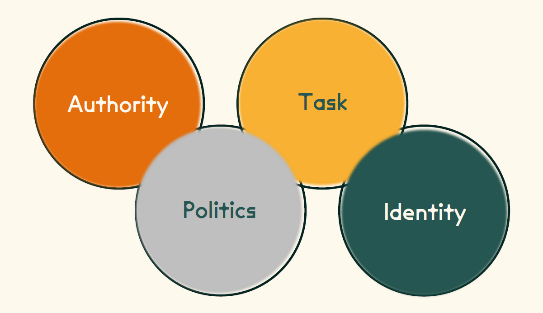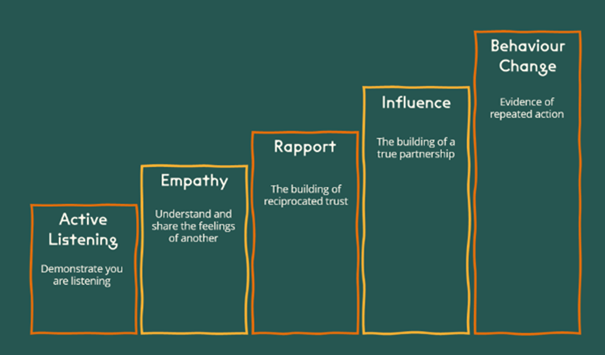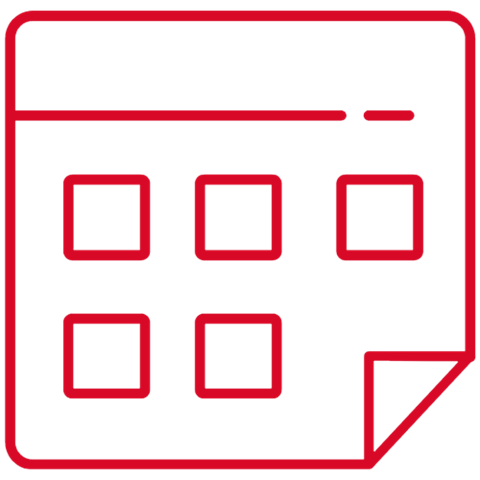Inside the Client mind: Unlocking resistance to change
23 Jun 2022
We recently held a fascinating virtual workshop, hosted by Andrew Waddell, for Account Directors, Strategy Directors and Client Service Directors from a wide range of communications agencies, focussing on how to better understand our clients, and how to better influence their decisions.
Here, Andrew summarises the main take-outs from the session.
After more than 20 years working in client service roles for creative agencies, I was always bothered by two things – what was really influencing the client when they made a decision? And how could I influence them?
I never believed that the answer lay in ‘selling’ better but rather in ‘understanding’ better. This led me into completing a Masters in Group Psychology and a Transformational Coaching diploma to better understand the context around decision-making impacts on individuals within organisations and how to overcome the natural human resistance to change.
The workshop that I did recently as part of the AAR Group’s events programme focused on two key elements to help agency people better understand and manage their client’s behaviours and decisions.
- Exploring and Understanding – through the 4 key systemic and psychodynamic boundaries
- Influencing and Overcoming – through earning the right to influence clients into engaging with behaviour change
By systemic boundaries, I’m referring to structural or operational elements such as hierarchy, process, roles and task; psychodynamic context considers the impact of anxiety, belonging and difference. We always have to remember that we are dealing with both our client as an individual – a person with all the unique hopes and fears that we experience – and as part of their organisation with its own values, expectations and culture.
The Exploring and Understanding element focused on the 4 key systemic and psychodynamic boundaries that impact on client behaviour:
- Authority – who is charge of what?
- Task – Who does what?
- Politics – What’s in it for me/us?
- Identity – Who is (and who isn’t) us?

This framework allowed the attending group to establish where their client decision-making and resistance is coming from; to enable them to better understand how to solve or overcome the resistance. Interestingly the group observed that the majority of resistance was linked to Authority and Politics which is possibly representative of the key challenges in large market-leading brand organisations with their multiple departments and hierarchies.
We then moved on to Influence and Overcoming resistance to change. We discussed how important it is for client-facing agency people to recognise that being awarded a contract is not the same as earning the right to influence. This ‘right’ comes from advancing along the Stairway to Behaviour change as defined by the FBI and Chris Voss in his excellent book on negotiation, Never split the difference.

These steps progress from Active Listening, Empathy and Rapport to eventual Influence and Behaviour Change. The group worked through each stage, understanding the key tools within each and the signals that their clients will provide that demonstrate advancement in the relationship. There was some interesting observations that once Influence is attained, it is not static, and a change of role for the client or new goals can quickly return the relationship back to the beginning.
The final element was understanding Change Theory and the fundamentals of Driving and Restraining forces in change. We discussed how most change, be that internal agency change or attempts to help client organisations change, focuses 100% on the Driving forces – the success, results, awards, and opportunities that the change will bring. They fail to focus on the Restraining forces and the detractors within the organisation who can stop change ever happening by their adherence to, and protection of, the status quo. We concluded the seminar with the observation that successful change requires both a strategy that advances the positives in change as well as teasing out and confronting the negatives in order to overcome them.
About Andrew
Andrew Waddell is the founder of Mind & Matter Consulting; focused on helping individuals, teams and agencies better understand themselves and their clients in order to achieve their goals.
He set up Mind & Matter after more than 20 years in marketing agencies; including as Head of Client Service and Chief Operating Officer at Proximity London, working with clients - including market leading brands such as John Lewis, P&G and Volkswagen. He devised and delivered the agency operating models for both the multi-agency IKEA account and multi-stakeholder TV Licensing account.
He has a Masters in Systemic-Psychodynamic approaches to Organisations from the Tavistock and Portman, and an ICF-accredited Diploma in Transformational Coaching from the Animas Centre for Coaching. He also runs his own one-to-one life coaching business, The MidLife Coach.



